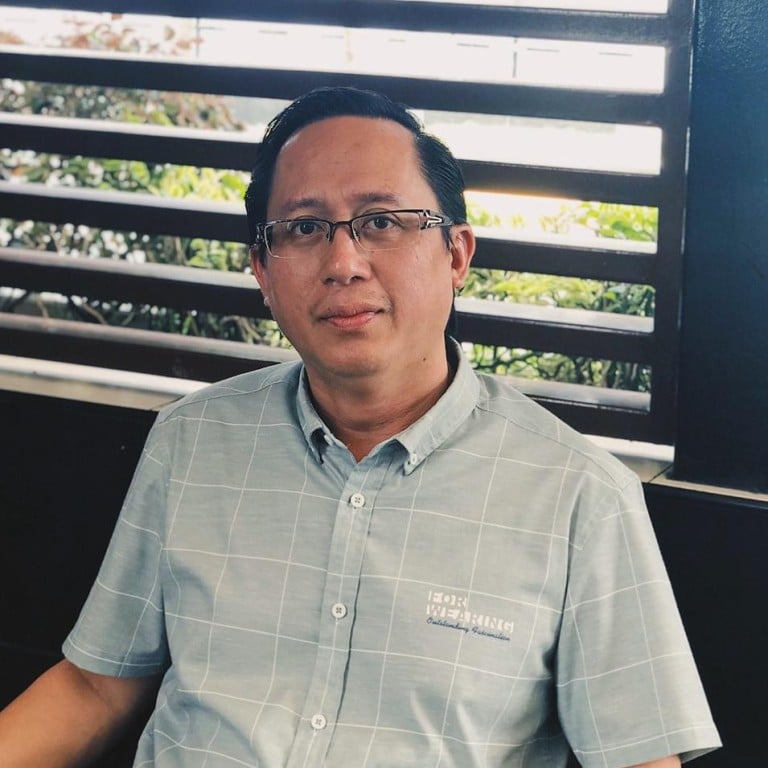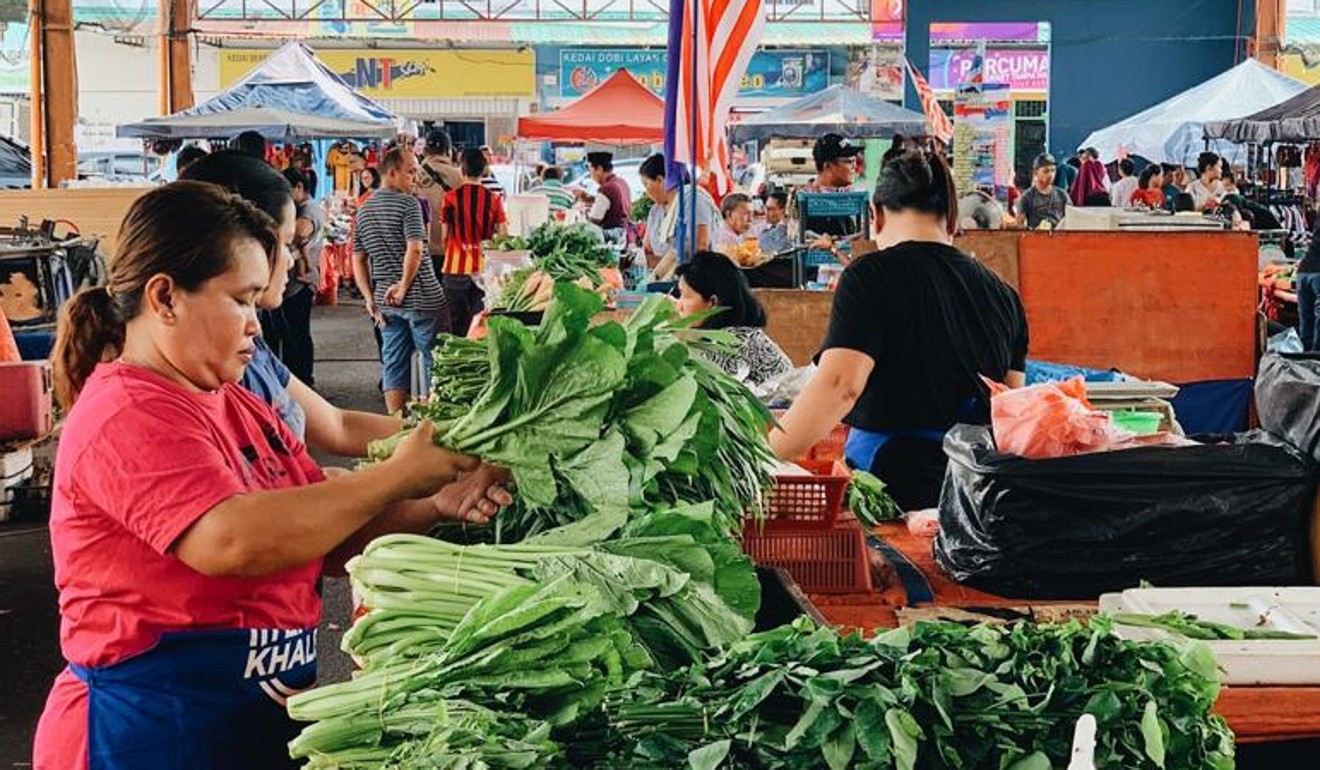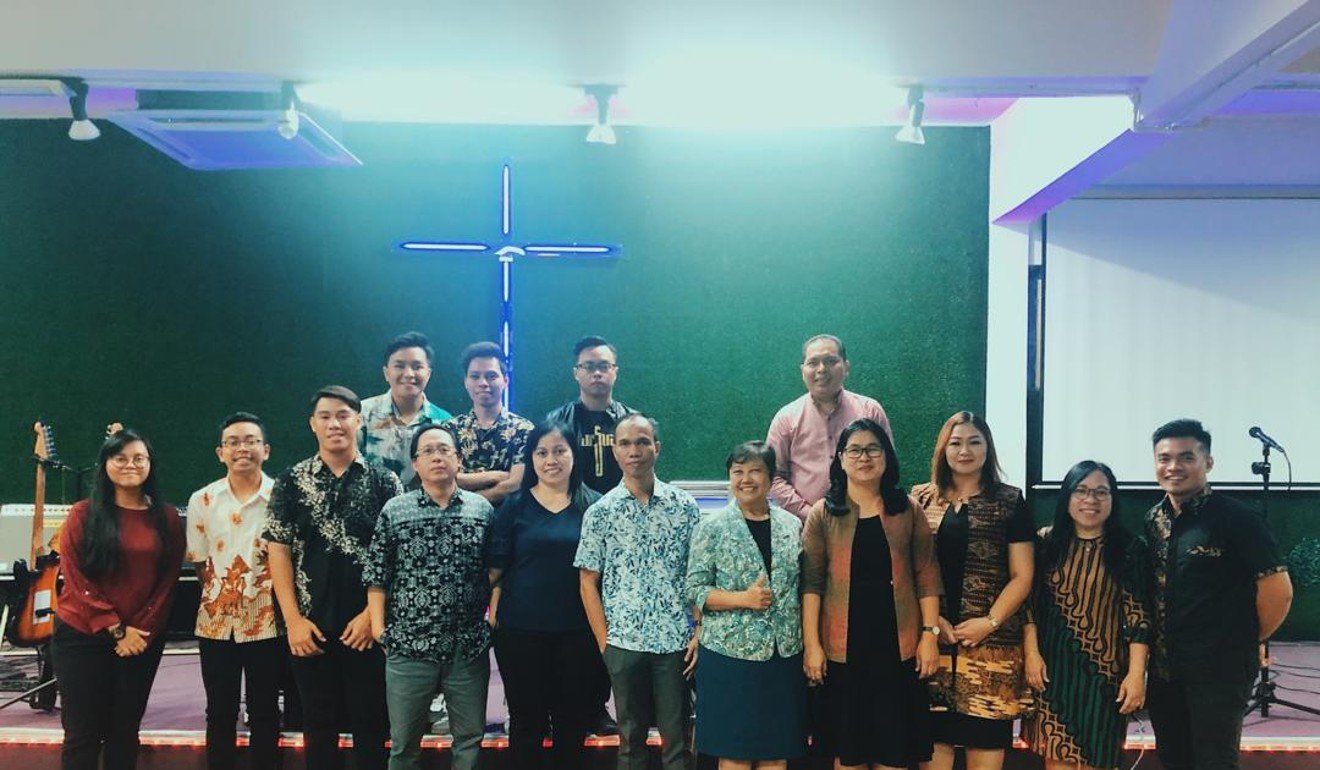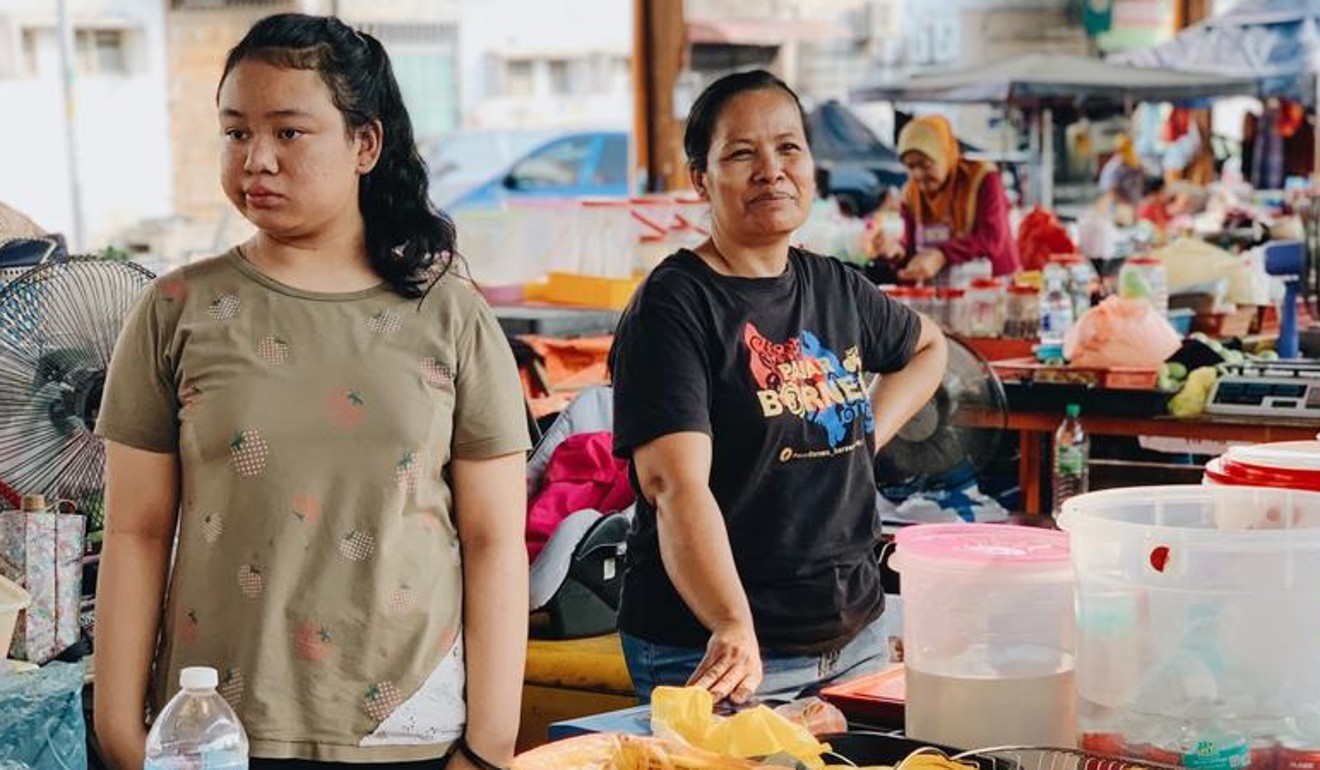
The tale of one Iban man in Johor is a story of Malaysia’s diversity
- The experience of Gawing, a Christian man who migrated from multiracial Sarawak to Johor state, holds lessons for how Malaysia can have a more progressive and dynamic future
- East Malaysians are committed to the national language of Malay in contrast to ethnic Malays, says columnist Karim Raslan
Gawing – a member of Sarawak’s indigenous Iban race and a Christian – was 19 when he first arrived in the state of Johor back in 1993. He certainly never expected – just over a quarter of a century later – to be living and working in the state capital of Johor Bahru.
Growing up in an isolated longhouse community about 250km from Kuching, the capital of East Malaysian state of Sarawak, and the eldest son of struggling black pepper farmers, he received a scholarship to study civil engineering.
One of the first things he noticed in Johor was the way the various races seemed to live quite separately.
What’s behind revived dispute between Philippines and Malaysia over Sabah?
“Sarawak is a very accepting and multiracial place – we gather together regardless of whether it’s a Chinese restaurant or the “mamak” (Indian Muslim coffee shop), but in Johor it was very different.”
Of course, at that time, Malaysia – the combination of the Federation of Malaya (the peninsula) and Bornean states of Sabah and Sarawak had only been in existence for some 30 years.

Now working for an oil and gas company and married with three children, Gawing was composed and unassuming when telling his story. “Johor is home, but Sarawak is my kampong ,” he said, referring to his home state as his village and birthplace.

It’s also a crucial part of the country’s DNA and indeed the key to a more progressive and dynamic future.
According to the 2010 census, there were some 342,900 East Malaysians living in the peninsular. These numbers are thought to have increased substantially over the past decade. Certainly the huge volume of air traffic across the South China Sea underlines the growing integration.
On Malaysia’s National Day, Sabah and Sarawak question place in nation
Of course, the Sabahans and Sarawakians, such as Gawing, living in the peninsula can have a direct influence on their immediate surroundings. But besides that, they also act as a crucial conduit of information in an era of social media for friends and family back home, shaping views and opinions.
This is all the more important when one realises that a quarter of the seats in the Malaysian Parliament are reserved – under the constitution – for the two states.
At the same time, East Malaysia also has the largest proportion of non-Muslim bumiputras (sons of the soil) such as Gawing. However, in Malaysia as a whole, most bumiputras are actually Muslim and Malay. By way of contrast, in Sarawak – the state that sends the most MPs to the parliament – 42% of the population is Christian and only 32% Muslim.

Team Ceritalah joined Gawing for a Sunday evening church service. It was an energetic and high-octane experience with flashing lights, singing and dancing. However, the most interesting aspect of the service was that it was conducted entirely in Malay. There is a separate Iban-language ritual as well.
Now, to my mind, the language that one uses in prayer, is language at its most elevated and intimate. Moreover, most non-Muslim bumiputras even refer to God as “Allah”.
So at a time when so many other Malaysians are turning their backs on Malay – sending their children to schools and colleges, where the medium of instruction is Chinese, Tamil or English – the East Malaysians are bucking the trend. Their commitment to the national language is deeply-rooted and unshakeable. Interestingly, all three of Gawing’s children have been educated at national schools.

“However, we do need to be patient. Change cannot happen overnight and we should give the incumbent Pakatan Harapan government more time.”
As political power in Malaysia continues to fracture and dissipate, it’s to be hoped that Sabahans and Sarawakians will exert greater influence – injecting their more inclusive and progressive views on the peninsula.

